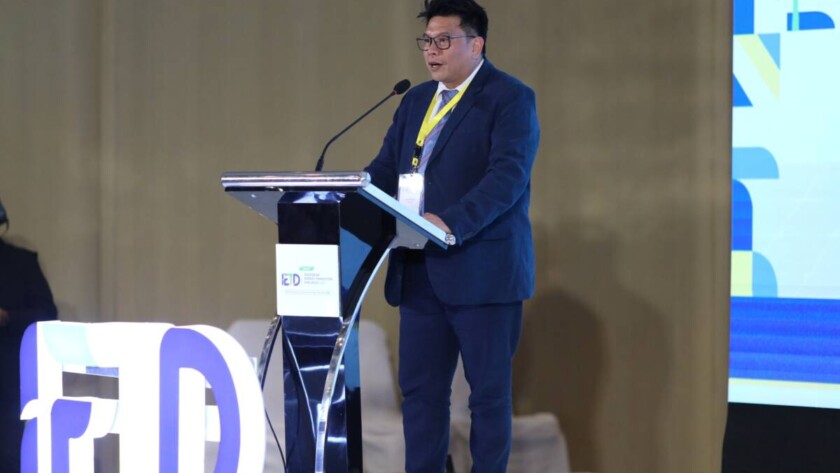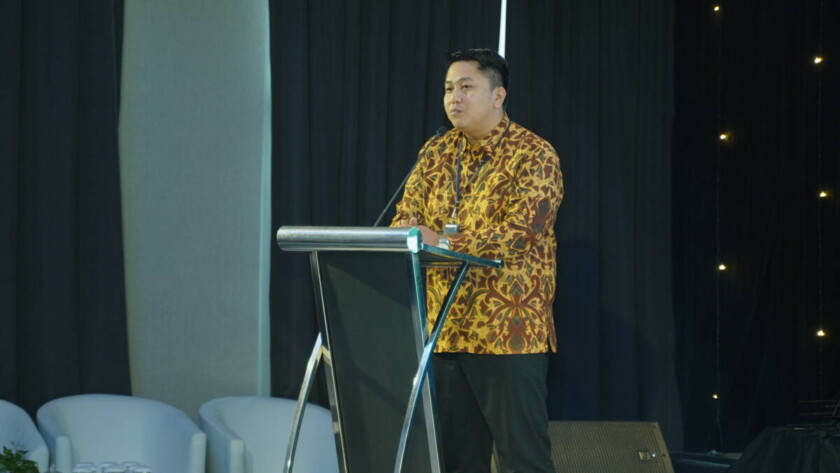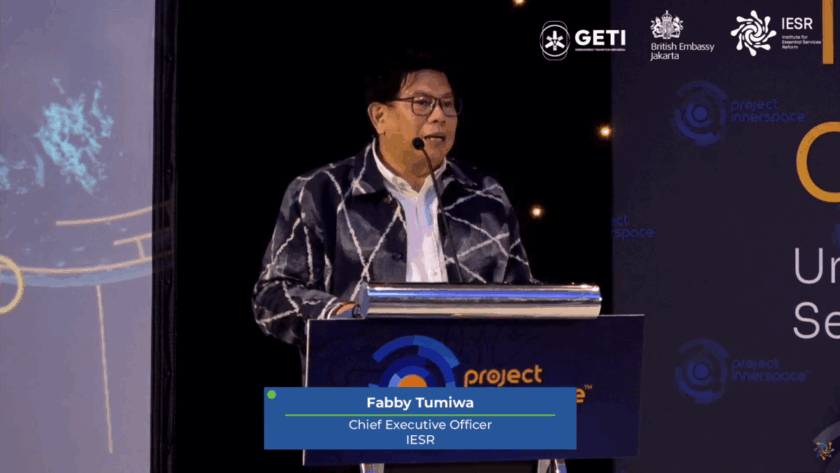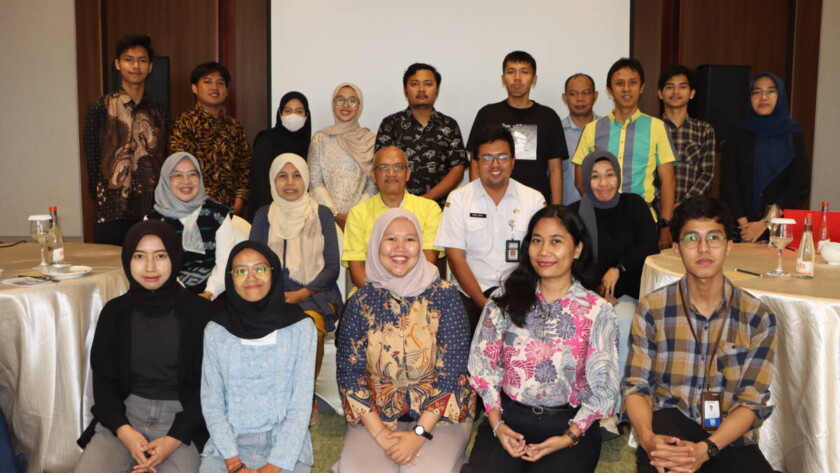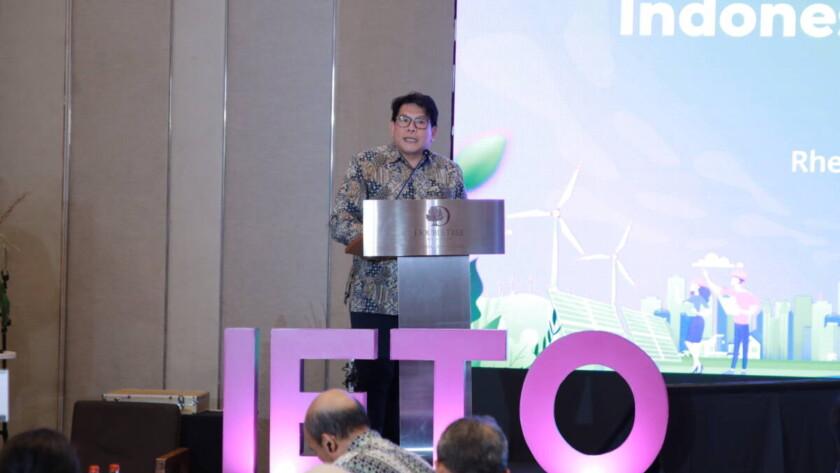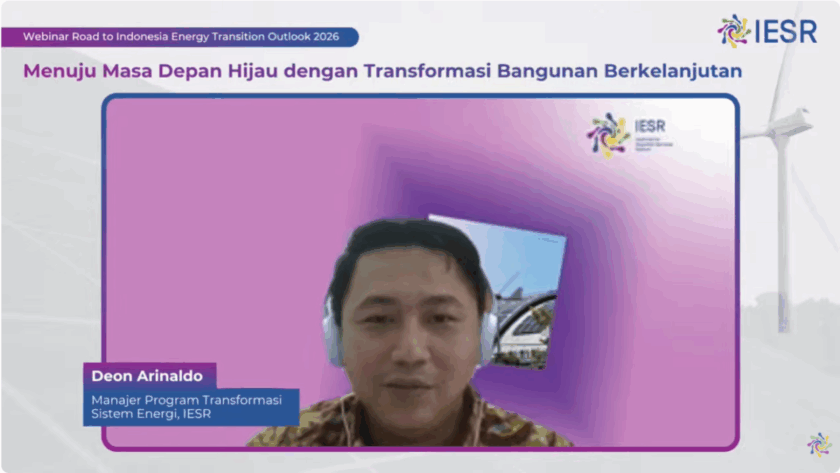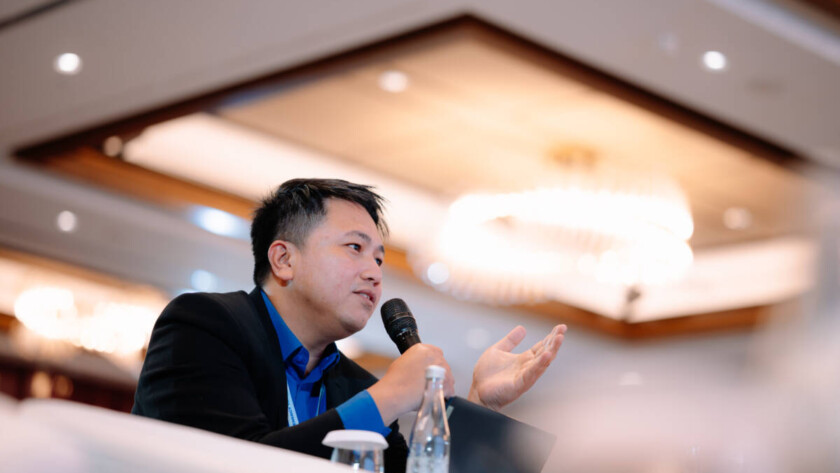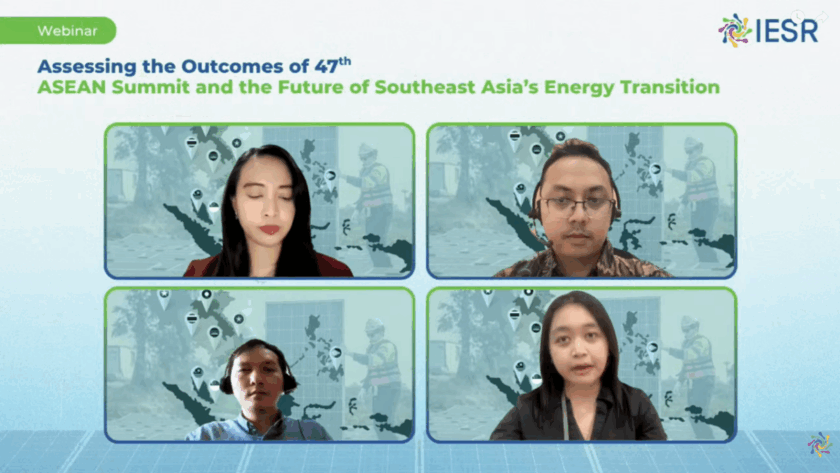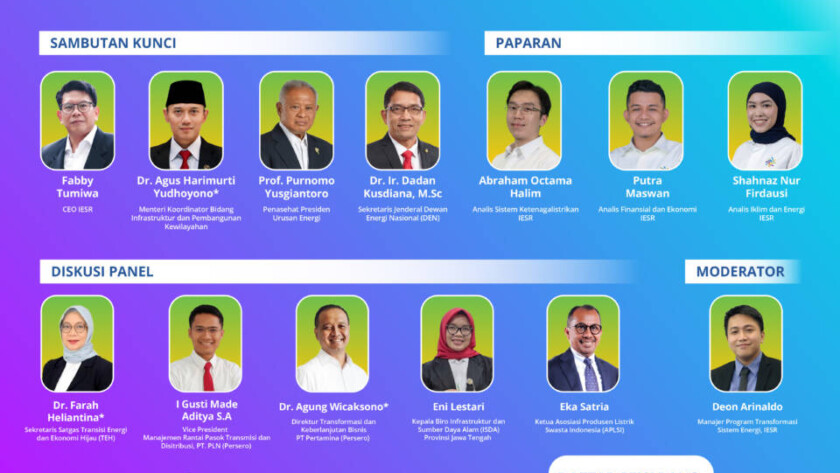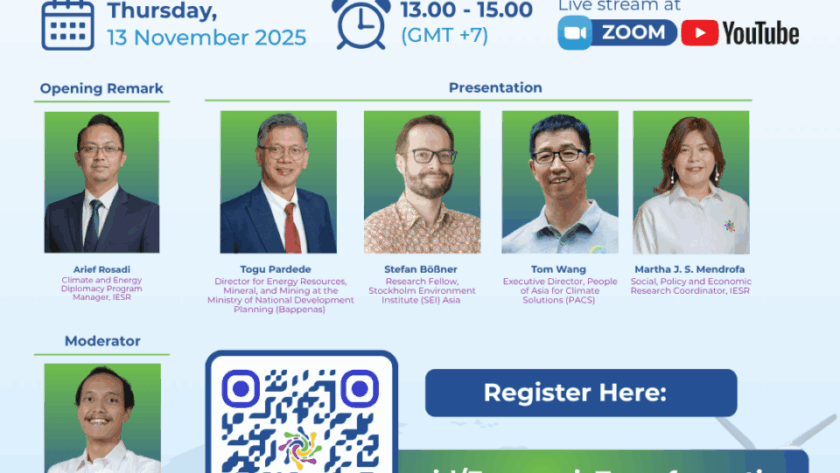Jakarta, December 19, 2025 - Coordinating Minister for Economic Affairs Airlangga Hartarto stated that electric car incentives will not be extended in 2026. The government plans to divert the incentive budget to support the national car program. The incentives that will not be extended include the import duty exemption for electric vehicles in the form…
